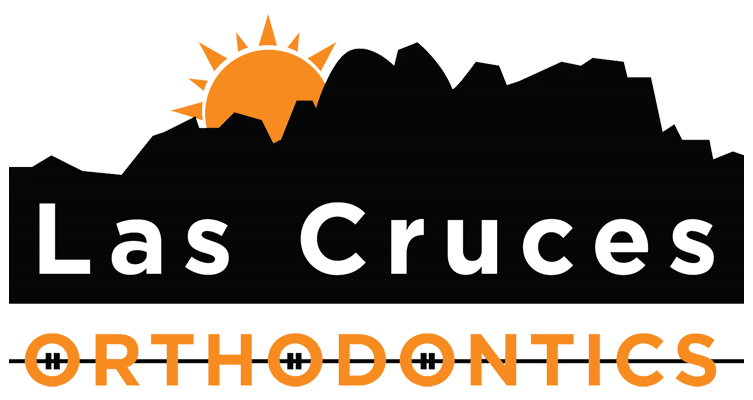Getting braces is an exciting first step toward achieving a straighter, healthier smile. But if you're considering orthodontic treatment, one of your biggest questions is likely, “How long do braces take?” The answer depends on many factors, from the complexity of the case to the type of braces you choose and your commitment to the process.
At Las Cruces Orthodontics, we work closely with our patients to design custom treatment plans that fit their needs while delivering the best possible results in the shortest time frame. Below, we’ll break down what affects treatment duration, what to expect in different types of cases, and some valuable tips to streamline your braces experience.
Factors That Affect Braces Treatment Time
The time spent in braces depends on the unique characteristics of your smile. Here are the key factors that influence the overall timeline for orthodontic treatment:
Complexity of the Case
Mild cases, such as minor crowding or spacing issues, may require only 6 to 12 months to correct. However, more complex matters like severe misalignment, bite problems, or jaw corrections can take closer to 18 to 36 months. The more intricate the work required, the longer the timeframe to achieve the desired results.
Age of the Patient
Generally, younger patients see faster results because their teeth and bones are still developing, making them more responsive to movement. Adults can still achieve excellent results, though treatment may take slightly longer due to the more mature structure of their teeth and jawbones.
Type of Braces Used
The type of braces you choose can also impact the overall duration of treatment. Traditional metal braces are often the quickest option, offering precise control of tooth movement. Alternatives like Invisalign® or ceramic braces provide discreet options, but they may take a bit longer depending on the complexity of your needs.
Estimated Treatment Timelines
Mild Cases
Treatment with braces could take 6 to 12 months for mild alignment issues or spacing concerns. An example would be closing small gaps between teeth or fixing slight crowding in the front.
Moderate Cases
Medium-complexity cases, such as misalignment involving several teeth or addressing mild bite issues, generally take around 12 to 24 months.
Severe Cases
Severe cases that require significant bite correction, jaw realignment, or tooth extractions may extend your treatment to 24-36 months.
It’s important to note that every patient is different, and your orthodontist will provide a personalized estimate based on your specific needs.
How to Speed Up Your Braces Treatment
While braces take time to work their magic, there are several things you can do to help shorten your treatment duration and avoid unnecessary delays.
- Follow Instructions: If your orthodontist asks you to wear elastics or headgear, wear them as directed. Compliance directly impacts how quickly you’ll see results.
- Maintain Good Oral Hygiene: Avoid issues like cavities or gum disease, which could delay your treatment by requiring extra dental work.
- Keep Appointments: Regular visits allow your orthodontist to make necessary adjustments and monitor progress to ensure your treatment stays on track.
- Eat Smart: Avoid sticky, hard, or sugary foods that could damage your braces and set your timeline back.
By taking these proactive steps, you’ll not only have a smoother braces experience but may even finish your treatment faster.
What Happens After Braces?
Once your braces come off, your orthodontist will fit you with a custom retainer. Wearing your retainer as instructed is crucial for maintaining your hard-earned results and preventing your teeth from shifting back. Depending on your case, you may need to wear the retainer full-time initially and then transition to nighttime wear.
It’s also essential to keep up with your regular dental check-ups and professional cleanings to enjoy your newly straightened smile for years to come.
Frequently Asked Questions About Braces
How often will I need to visit the orthodontist during treatment?
Most patients with braces need to visit their orthodontist every 4 to 8 weeks for adjustments. These visits allow your orthodontist to tighten wires, replace elastics, and ensure your teeth are moving as planned. Consistently attending these appointments is crucial for staying on schedule.
Are there alternatives to traditional metal braces?
Yes! Ceramic braces, Invisalign®, and lingual braces (placed behind the teeth) are popular alternatives for patients looking for less visible treatment options. Each has its pros and cons, so consult with your orthodontist to determine the best choice for your needs, lifestyle, and budget.
At Las Cruces Orthodontics, we specialize in providing personalized care to patients of all ages. Whether you're exploring braces for the first time or looking to refine your smile, we are here to guide you. Visit our office in Las Cruces, NM, or contact us to discuss your orthodontic options today!

